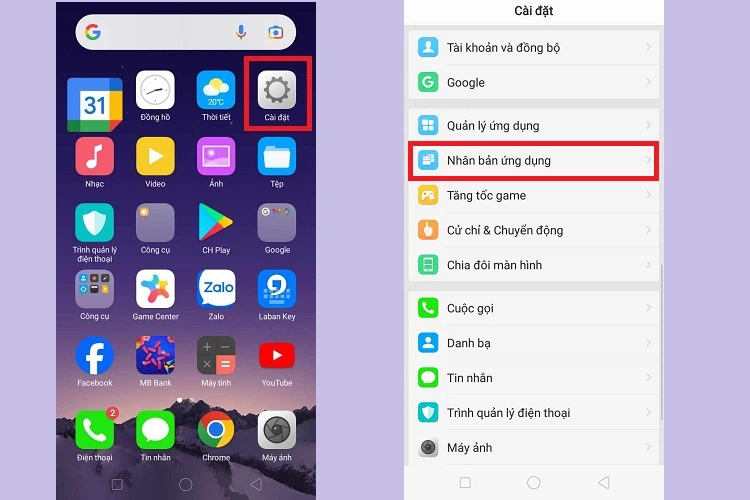Keeping vegetables fresh and crisp can be a challenge. Bếp Eva has a simple solution – using just a piece of tissue paper, your veggies can stay fresh for up to a month! Read on to discover this easy storage method.
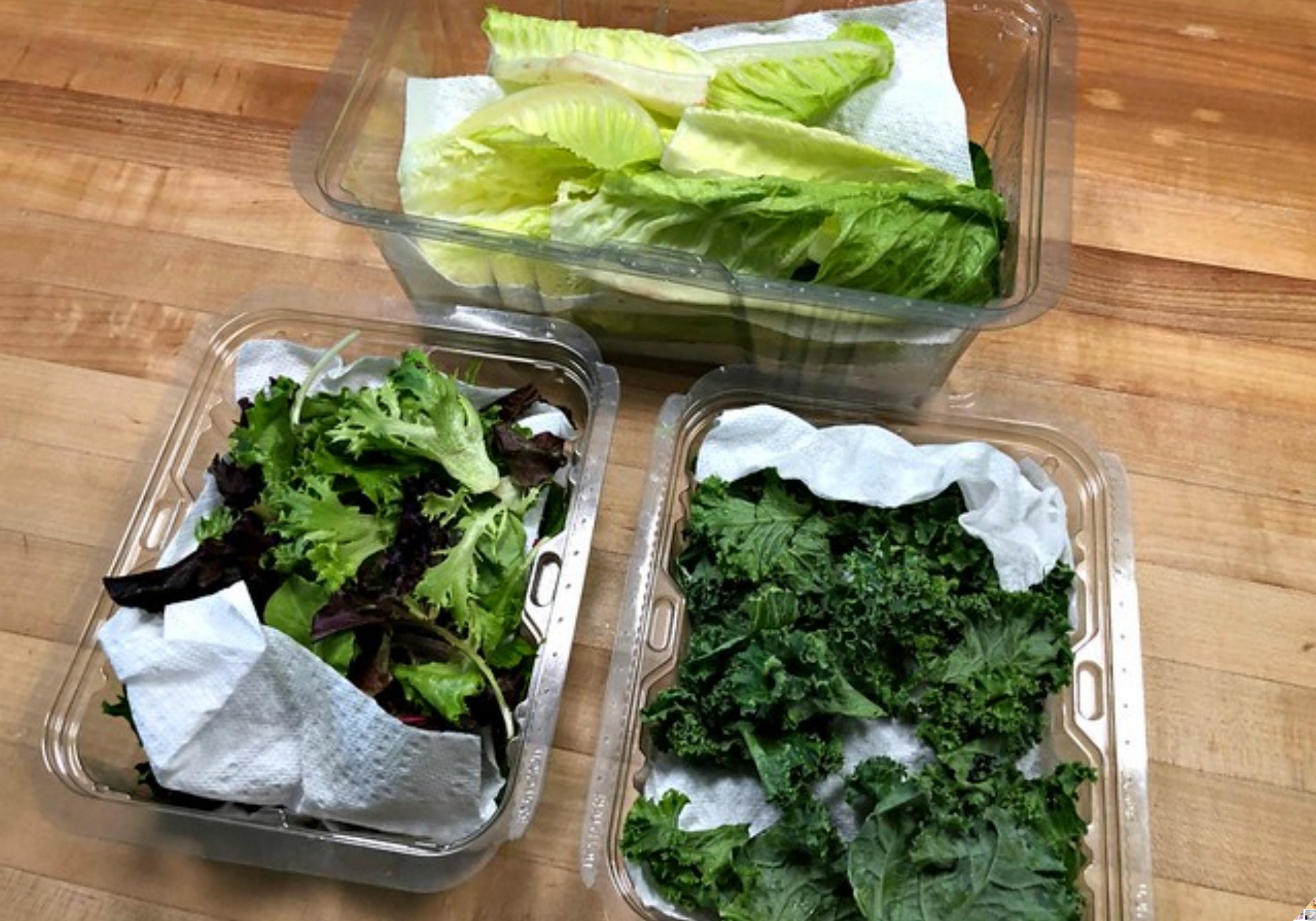
Before we dive into the tissue paper trick, there are some important factors to consider for effective vegetable storage:
– Humidity: Creating a moderately humid environment is crucial to keeping vegetables fresh and green. Too much moisture can lead to spoilage, while too little can cause wilting.
– Temperature: High temperatures will cause vegetables to wither, while extremely low temperatures can lead to leaf damage and disintegration.
Additionally, keep these points in mind during storage:
– Always select fresh, pest-free vegetables. Remove any damaged leaves, rinse thoroughly, and allow to air dry before storing.
– Store vegetables in a cool, shaded area, away from direct sunlight.
– Utilize plastic bags, paper bags, or cloth bags to protect your vegetables from contaminants.
Step-by-Step Guide to Vegetable Storage Using Tissue Paper
In the past, people commonly used newspaper to wrap and store vegetables. However, experts now advise against this practice due to the lead and toxic ink content in newspapers, which can be harmful to health.
Instead, they recommend using tissue paper as a safer alternative. Tissue paper effectively absorbs moisture from the vegetables and maintains an ideal humidity level. Moreover, its lightweight nature prevents crushing and damage to delicate produce.
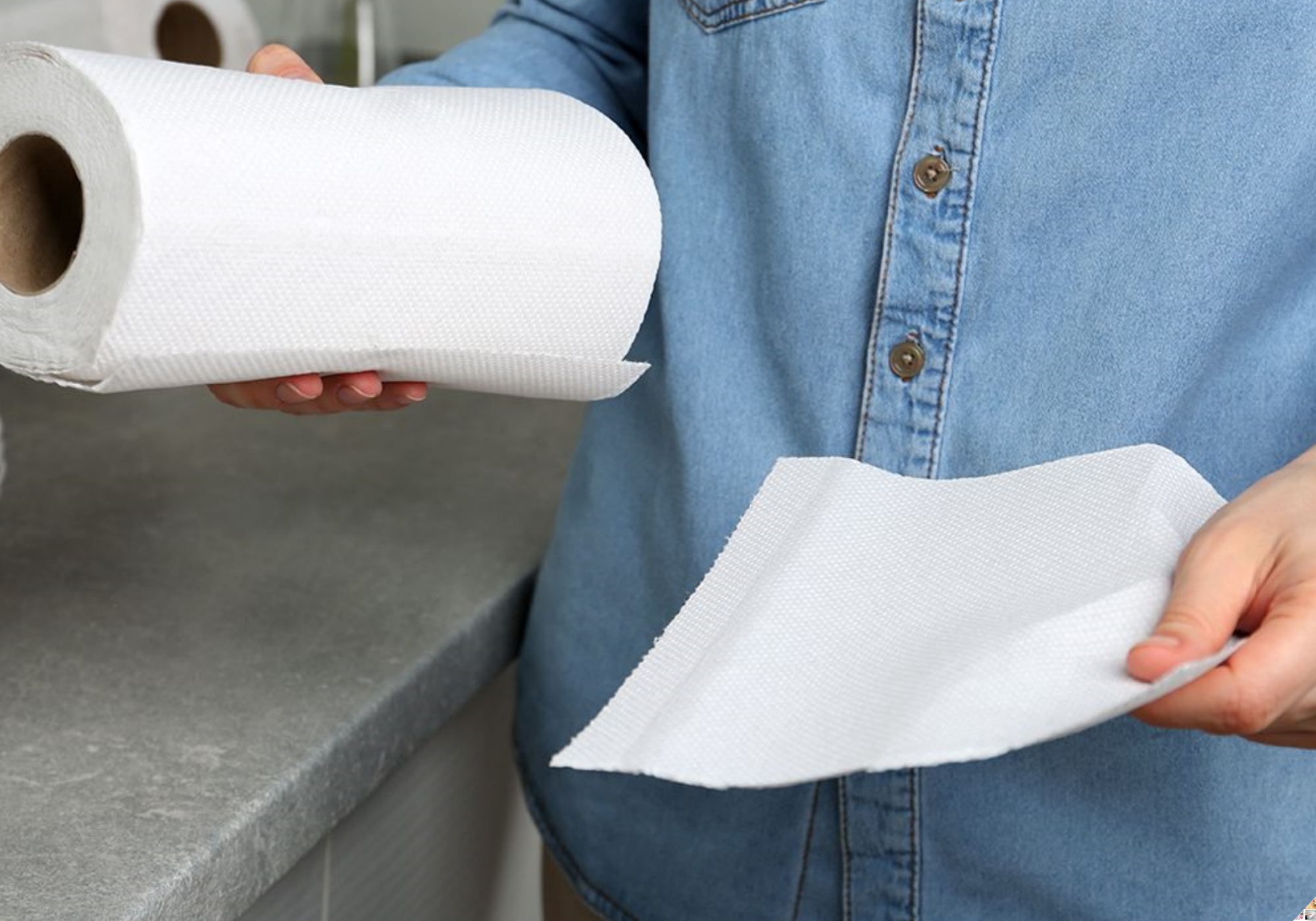
Here are the steps to store your vegetables using tissue paper:
Step 1: After selecting your vegetables, rinse them thoroughly and use a tissue to absorb any excess water on the surface.
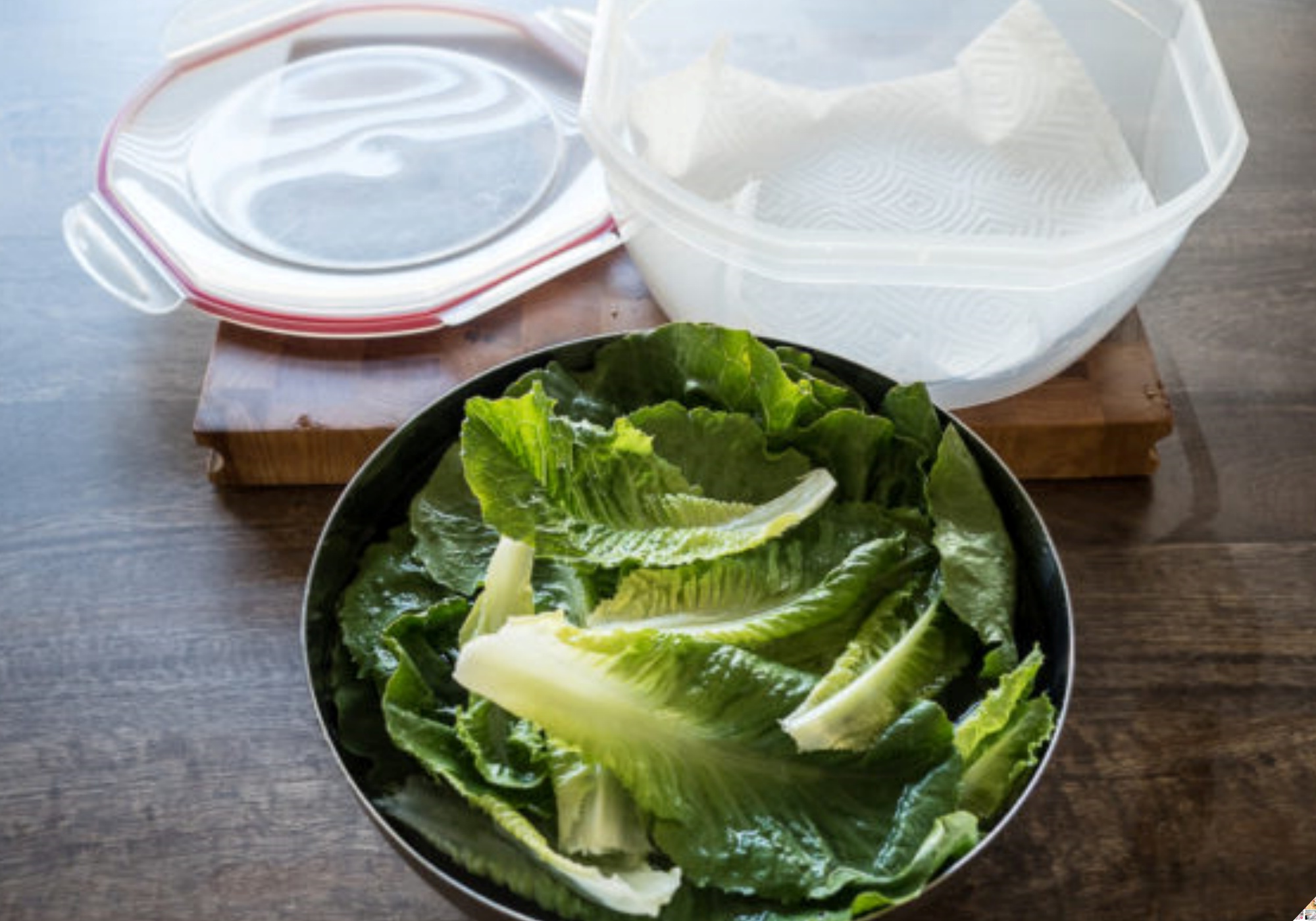
Step 2: Line the bottom of a plastic container with a dry tissue paper.
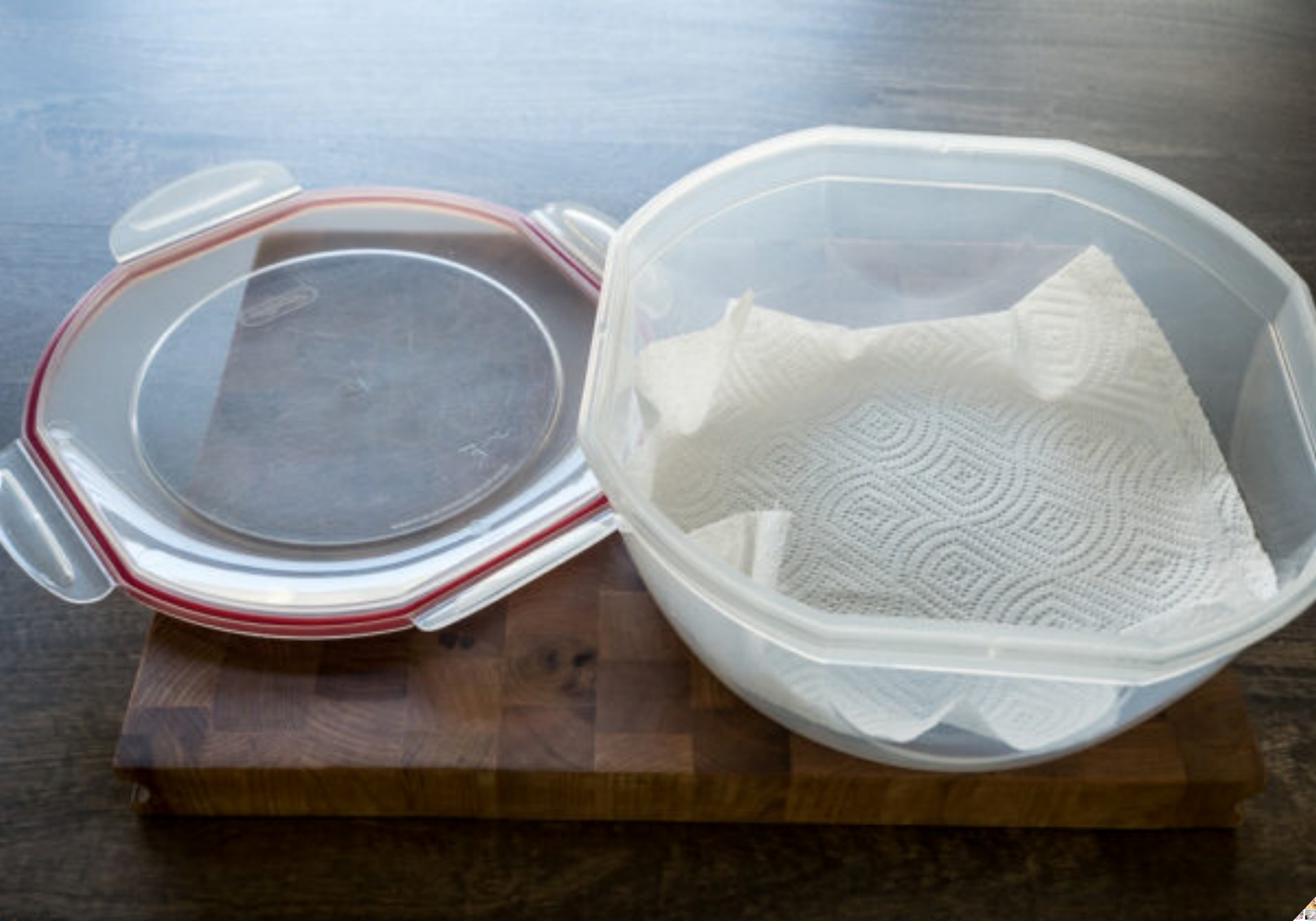
Step 3: Place the dried vegetables from Step 1 into the container. Be gentle and avoid applying pressure to prevent crushing.
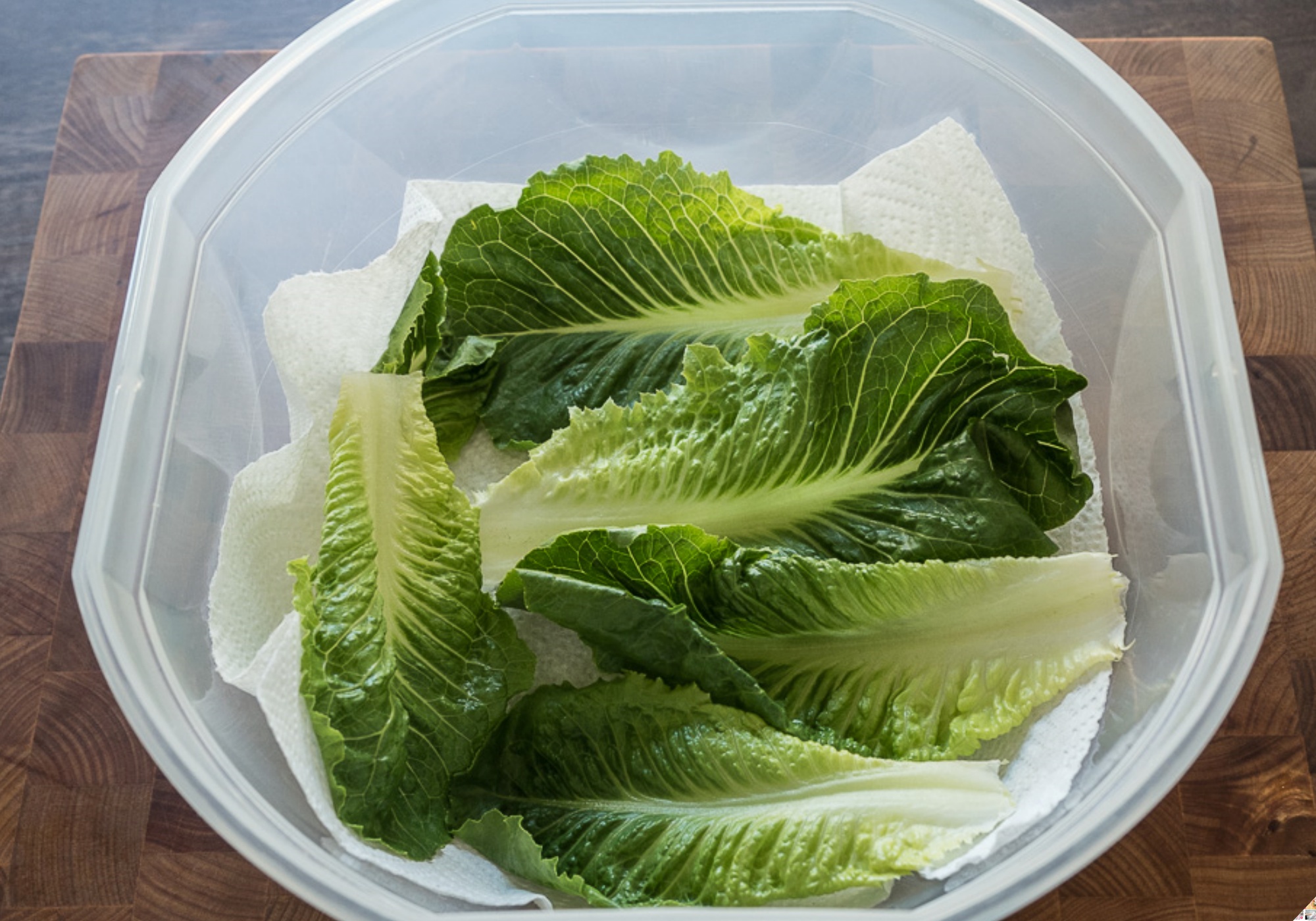
Step 4: Add another layer of dry tissue paper on top of the vegetables and close the container.
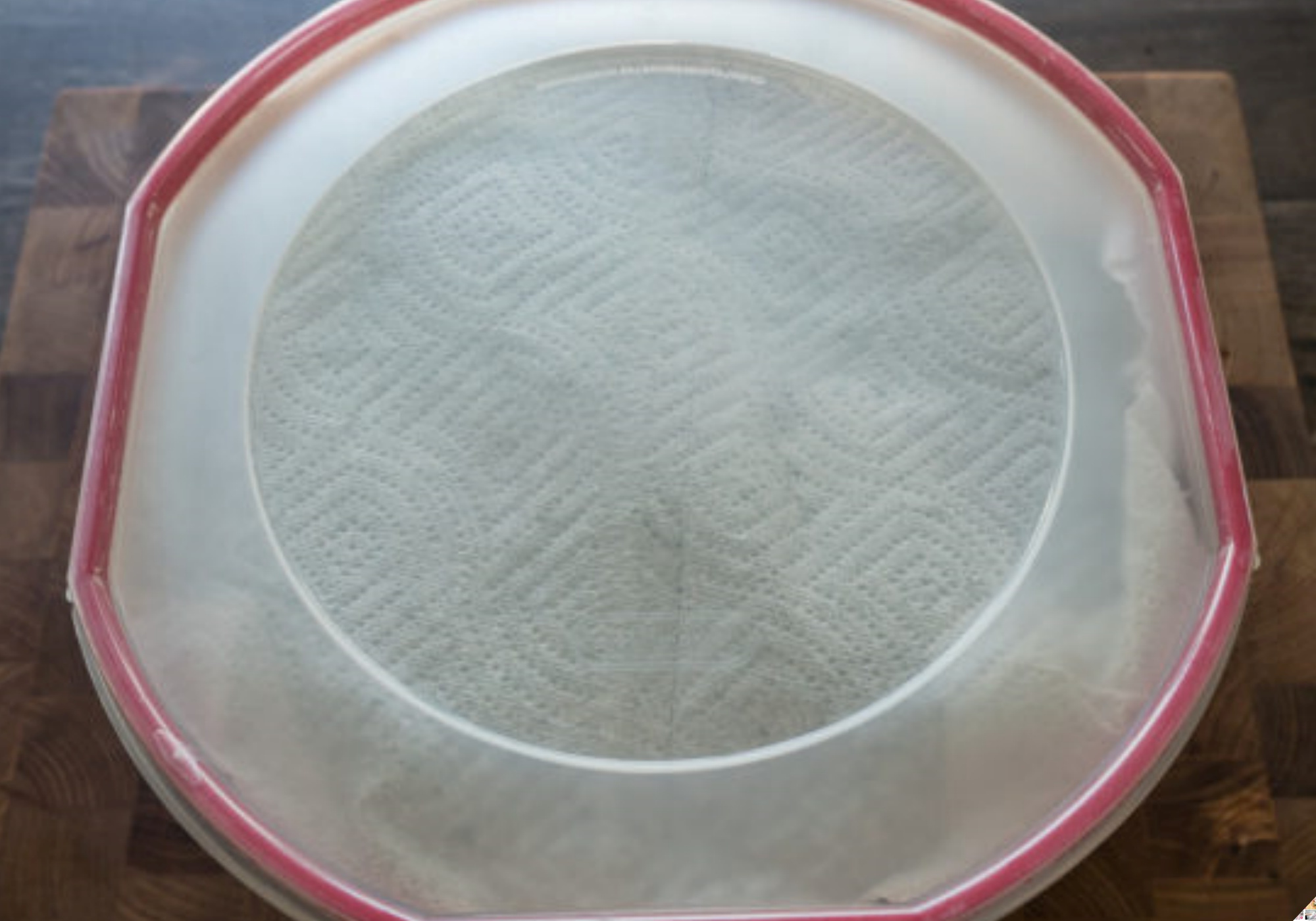
Storage Instructions for Different Types of Vegetables
The storage method varies depending on the type of vegetable. Here’s a breakdown to make it easier for you:
– Leafy Greens: Wrap leafy greens in tissue paper, place them in a ziplock bag, and store them in the refrigerator’s crisper drawer.
– Root Vegetables: These can be stored in a cool, dry, and well-ventilated area.
– Fruits and Vegetables: Store them in the refrigerator’s crisper drawer.
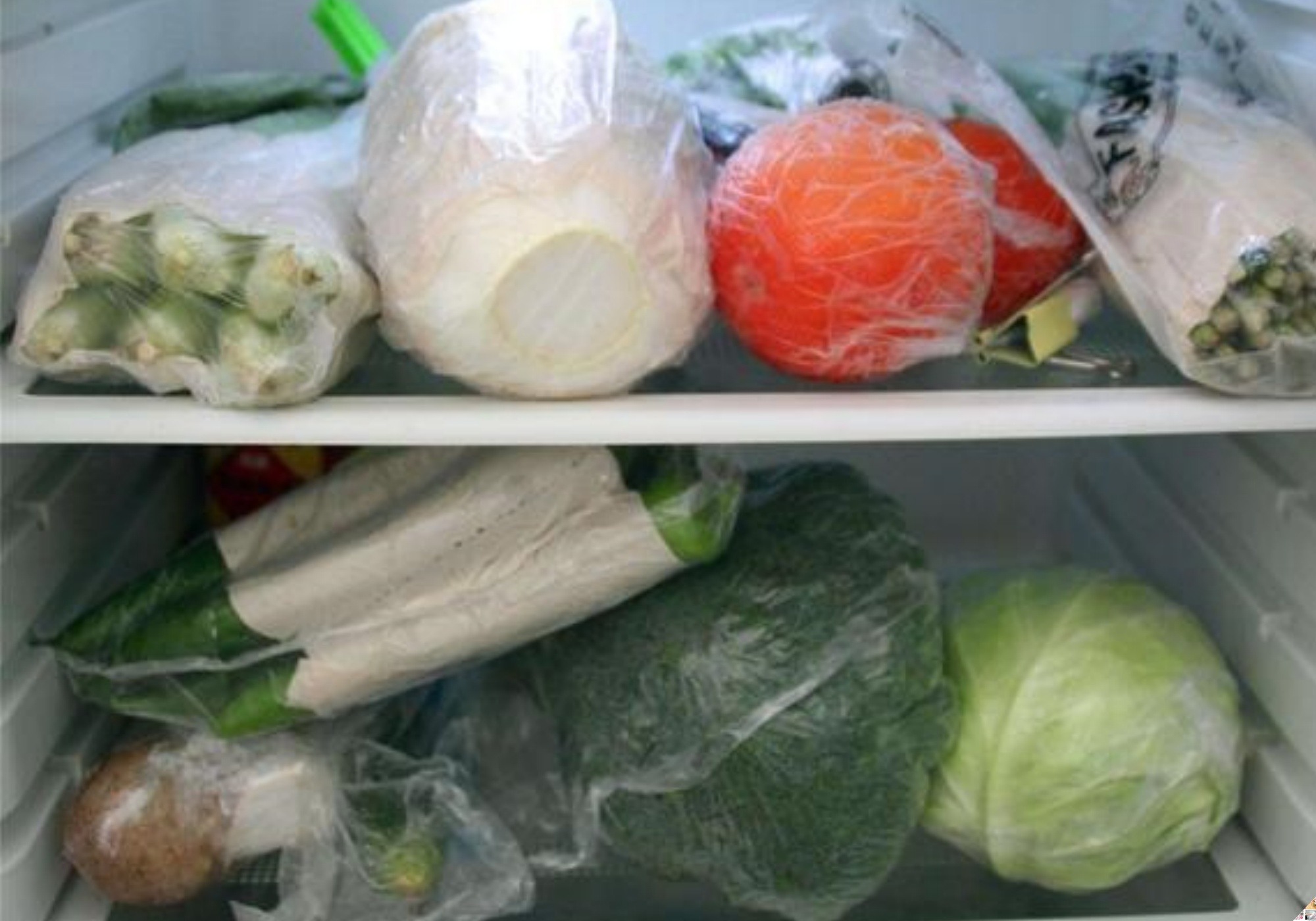
– Mushrooms: Clean, dry, and place mushrooms in a paper bag in the refrigerator.
– Herbs: Rinse, dry, and store herbs in a cool, ventilated area, or in the refrigerator. For herbs like scallions and cilantro, keep the roots intact, place them in a jar of water, and cover with a plastic bag to keep them crisp and fresh for up to a week.
Now, let’s explore some specific storage tips for common vegetables:
– Onions: Store onions in a cool, dry, well-ventilated area instead of the refrigerator.
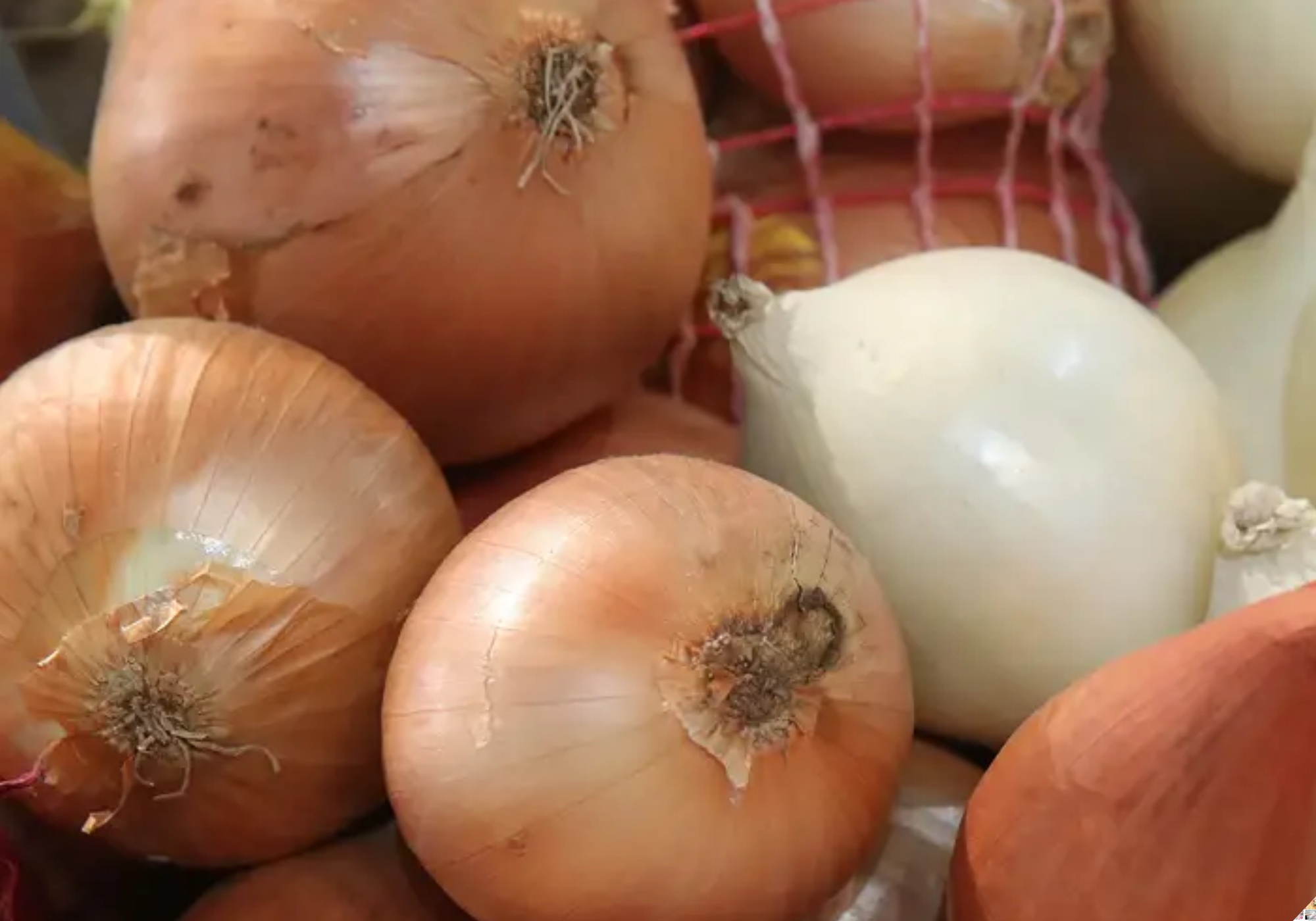
– Potatoes: Wrap potatoes in paper bags and store them in a cool, dry place. Do not refrigerate, as cold temperatures convert starch to sugar, affecting their flavor.
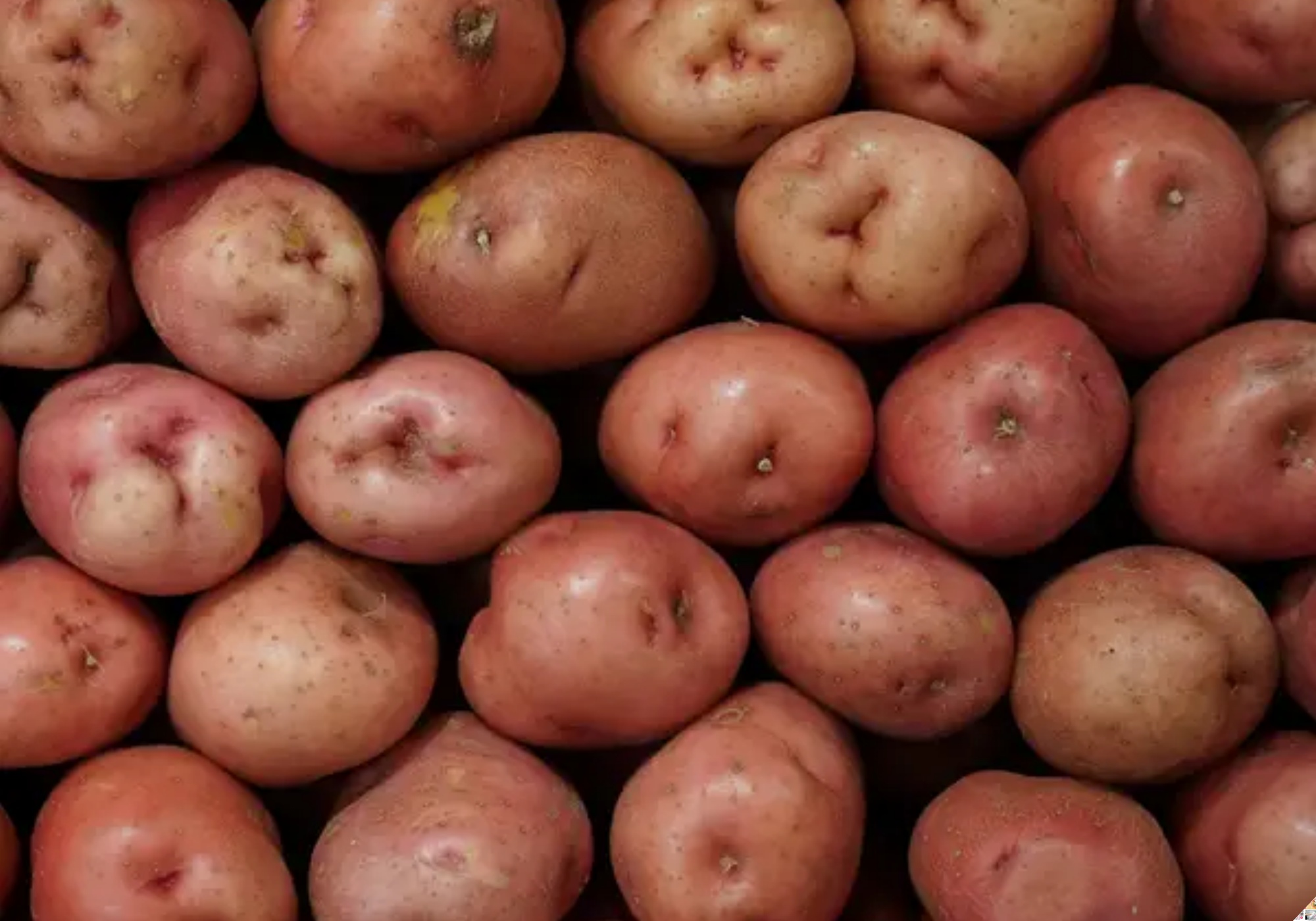
– Green Vegetables like broccoli and spinach should be washed, dried, and wrapped in tissue paper.
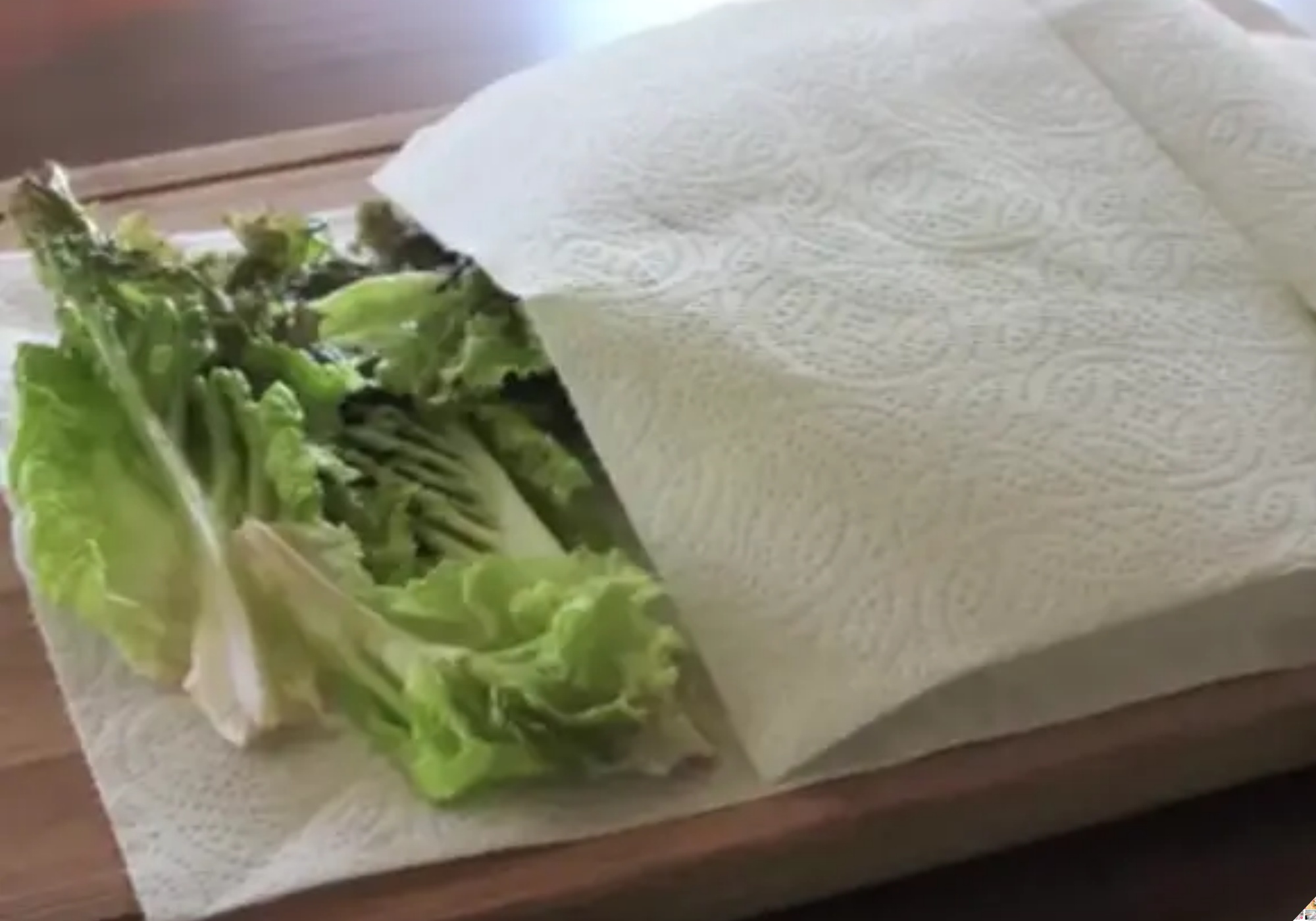
– Eggplants are temperature-sensitive, so it’s best to store them at room temperature in a cool, dry, and shaded place.
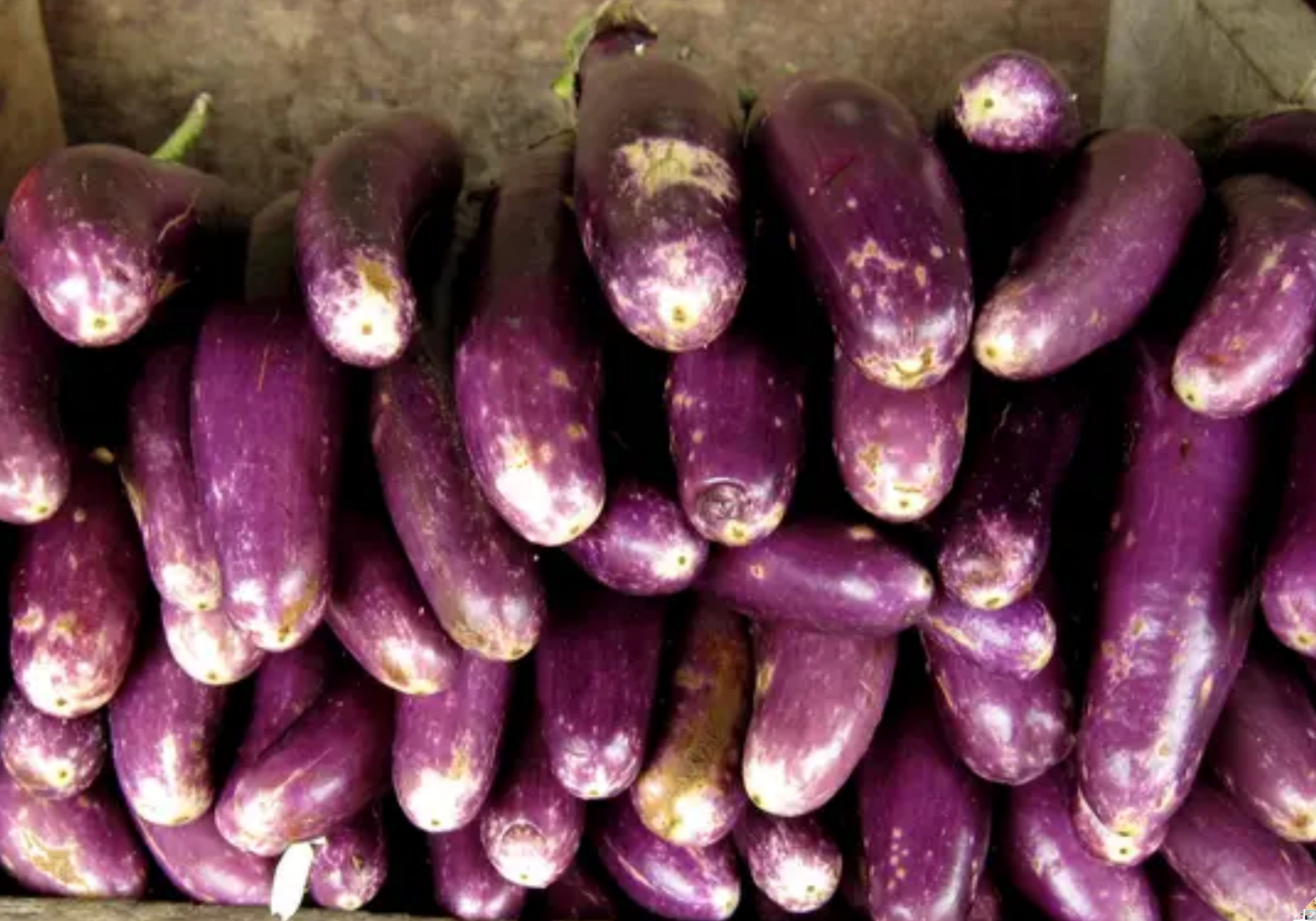
– Celery should be wrapped in aluminum foil to retain moisture. This will keep it crisp and prevent wilting.
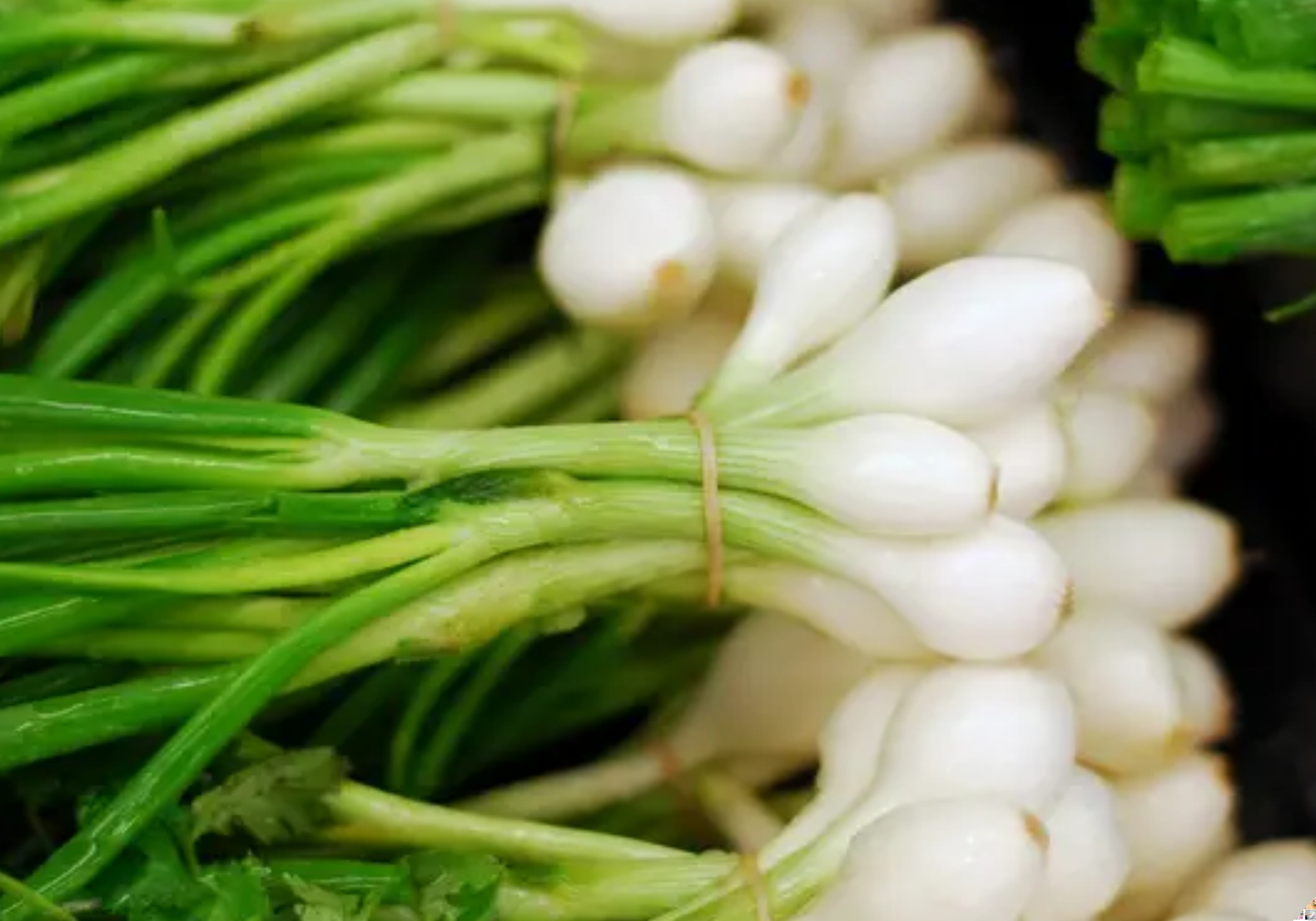
– Scallions stay fresh when placed in a jar of water and covered with a plastic bag.
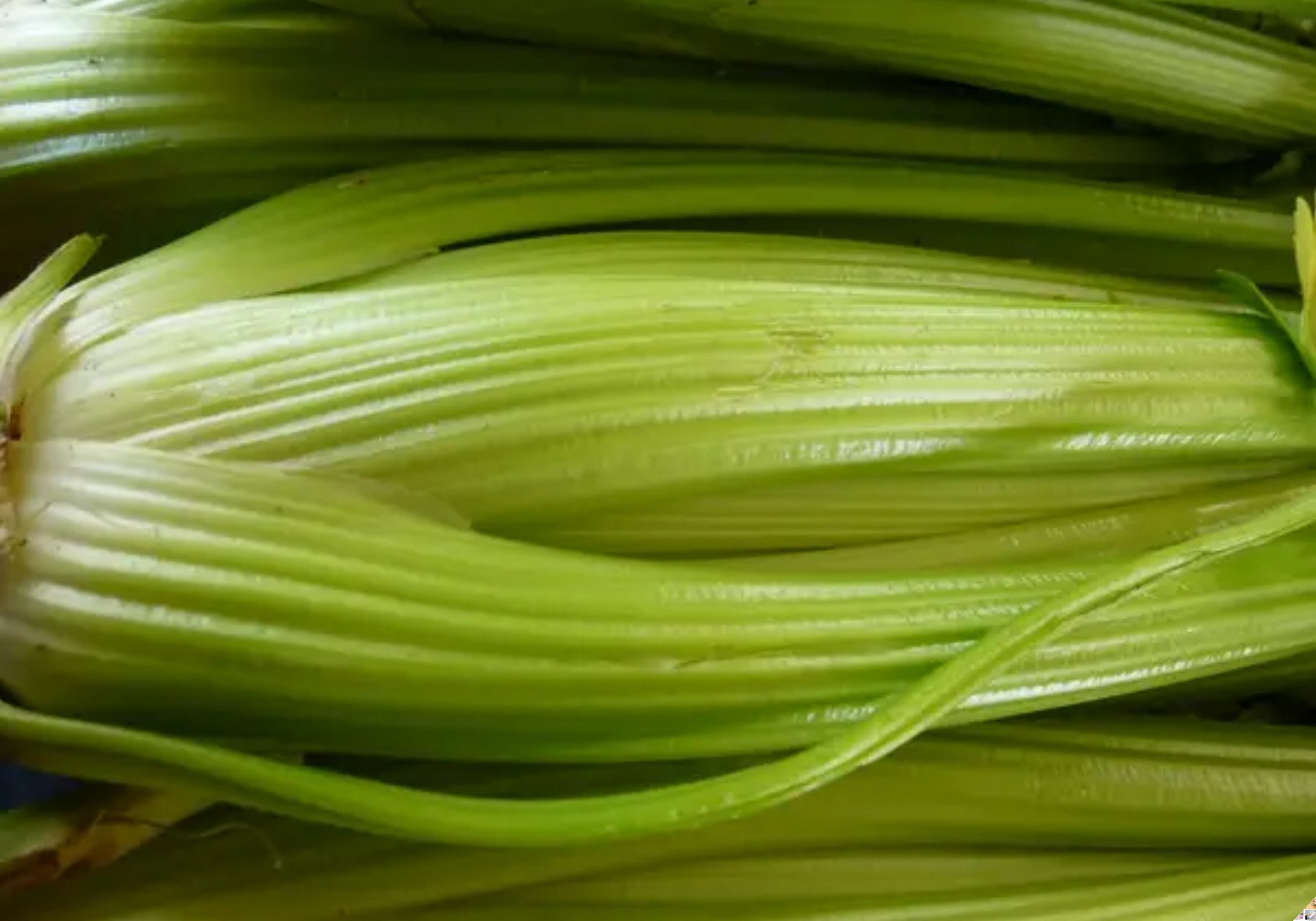
– Asparagus stays fresh when the ends are cut and placed in a bowl or jar of water. To prolong its freshness, cover the tips with a plastic bag.
– Garlic should be stored in a cool, dry, and well-ventilated area. You can use a mesh bag to hang the garlic, keeping it away from the refrigerator’s cold temperatures.
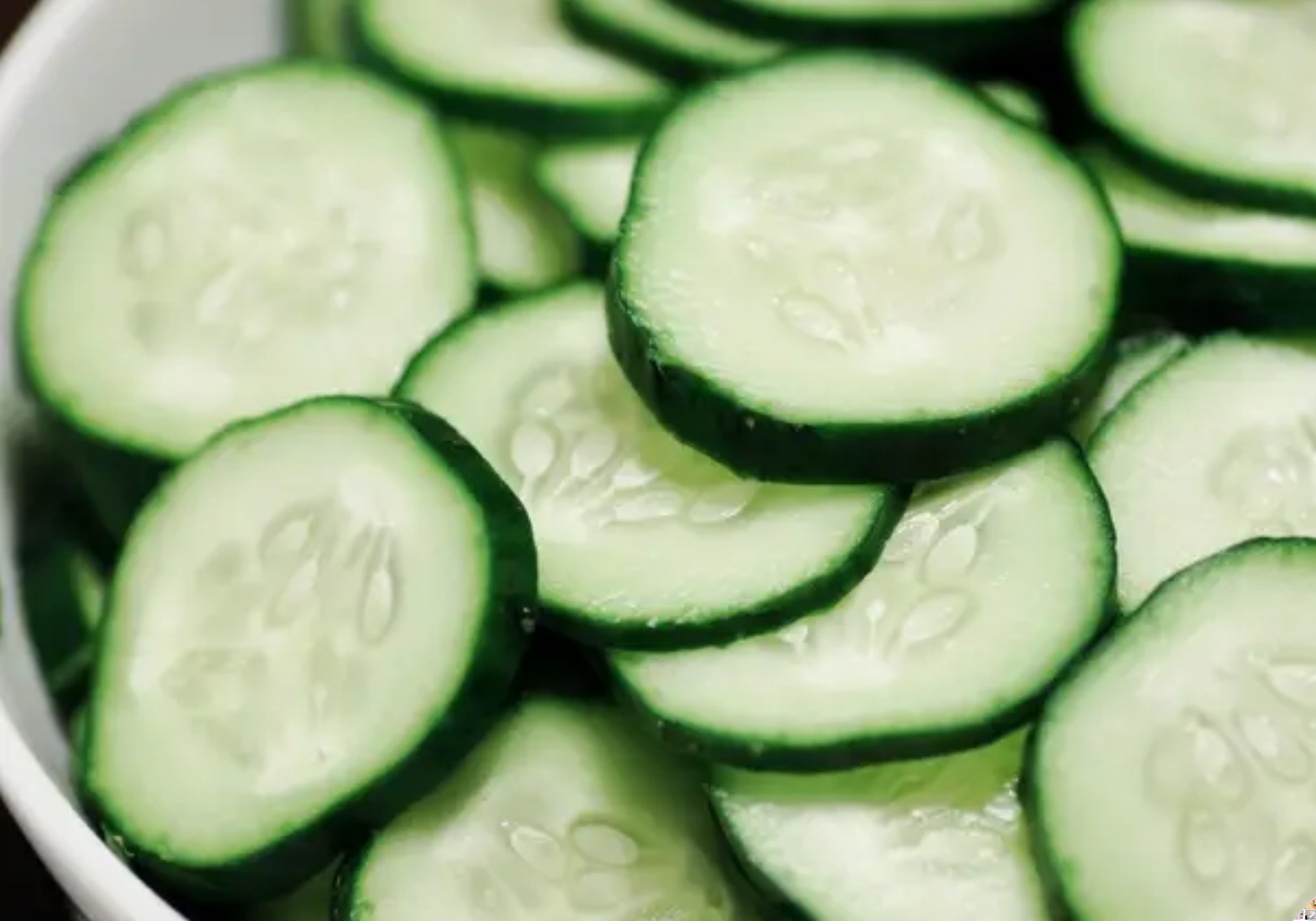
– Cucumbers should be washed, dried, and wrapped in tissue paper or placed in a plastic bag in the refrigerator’s crisper drawer. Ensure they are not too close to the coldest part of the drawer or the freezer compartment.
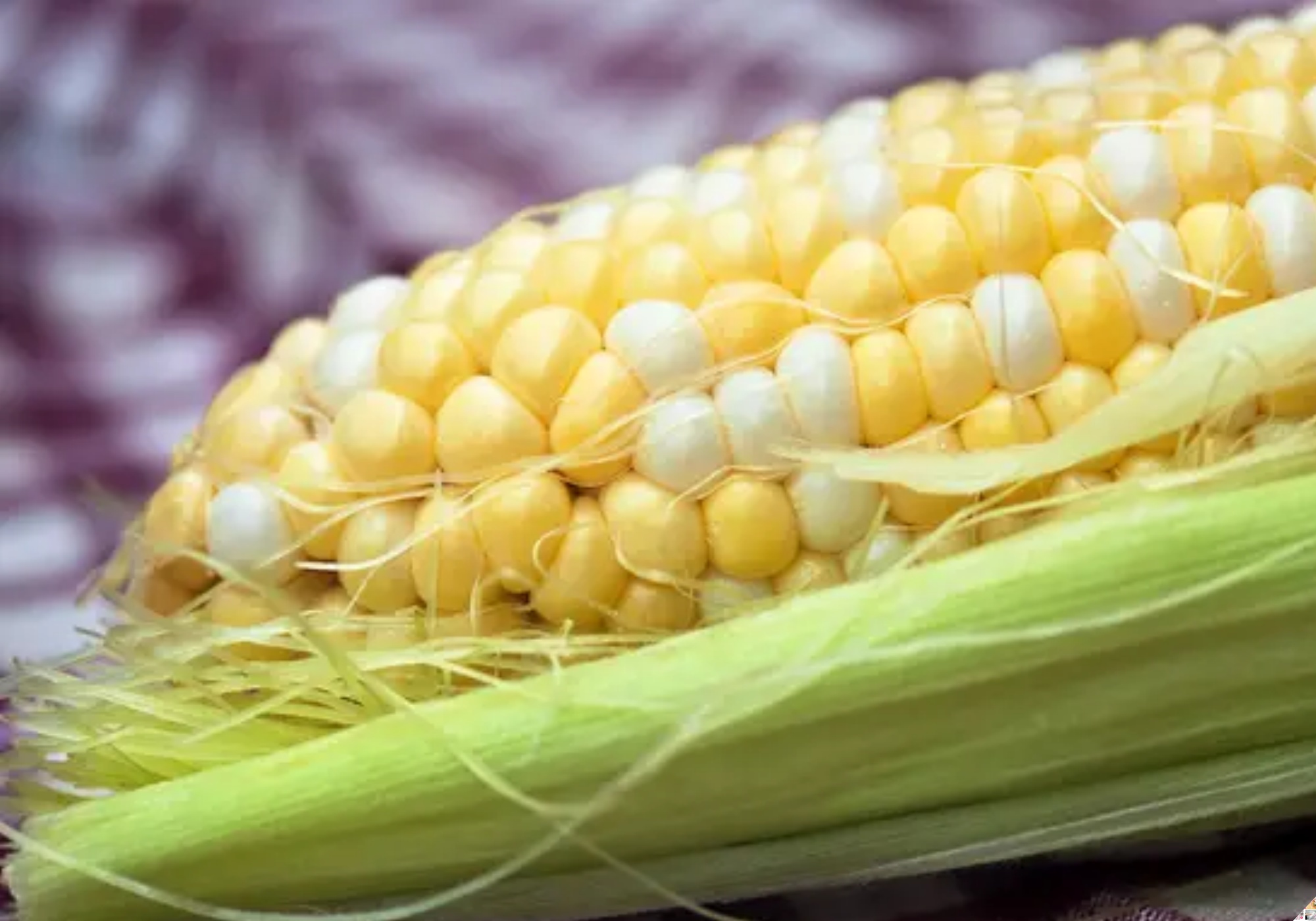
– Corn is best enjoyed fresh, as it loses its sweetness over time. Avoid storing it for prolonged periods.





























